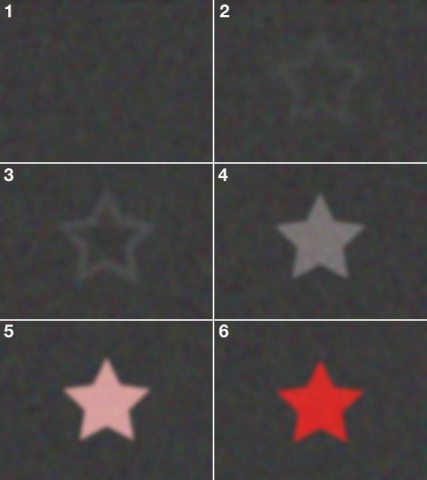My highlight from the discussion:
Notably, aphantasic individuals reported significantly reduced imagery across all sensory modalities (and not just visual). However, only 26.22% of aphantasic participants reported a total absence of multi-sensory imagery altogether, raising important questions about the primary aetiology of aphantasia and suggesting possible sub-categories of aphantasia within a heterogeneous group. Aphantasic individuals’ episodic memory and ability to imagine future events were also reported to be significantly reduced compared to the two control populations. These findings attest to the recently established functional and anatomical overlap in brain networks supporting the flexible, constructive simulation of episodic events (whether they be real past events or hypothetical future events), and suggest that visual imagery may be an essential and unifying representational format potentiating these processes.
Interestingly, our data aligns with that of previous studies demonstrating unaffected spatial imagery abilities in aphantasia, suggesting an important distinction between object imagery (low-level perceptual features of objects and scenes) and spatial imagery (spatial locations and relations in mental images). This distinction is indeed reflected at a neural level, with disparate brain pathways used for perceptual object processing and spatial locations, respectively. Strikingly, cognitive differences in aphantasia were not limited to processes where visual imagery is typically deliberate and volitional, with aphantasic individuals in our study reporting significantly less frequent and less vivid instances of spontaneous imagery such as night dreams. These data suggest that any cognitive function (voluntary or involuntary) involving a sensory visual component is likely to be reduced in aphantasic individuals, and it is this generalised reduction in the sensory simulation of complex events and scenes that is most striking in aphantasia.
